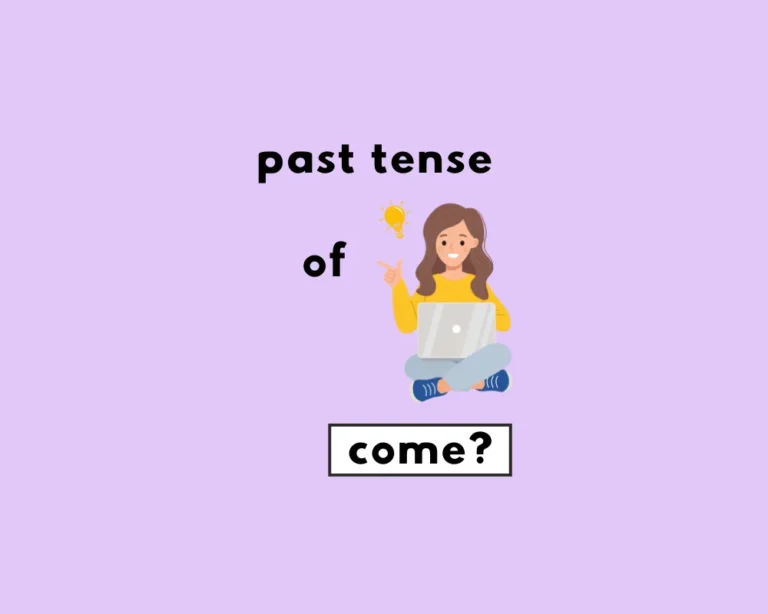
What’s the Past Tense of Come? Come or Came?
Come is the present tense and past participle form of the verb. Came is the past simple tense of come.
Explore the breadths and depths of Grammarflex’s knowledge base, containing resources and comprehensive guides on pretty much everything you could want to know related to English grammar and writing.
Learn all about the main parts of speech, which (in case you forgot) comprises of verbs, nouns, adjectives, pronouns, adverbs, conjunctions, prepositions and interjections. Beyond the fundamentals of English grammar, you’ll find guide on writing mechanics and style, literary devices amd more.


Come is the present tense and past participle form of the verb. Came is the past simple tense of come.
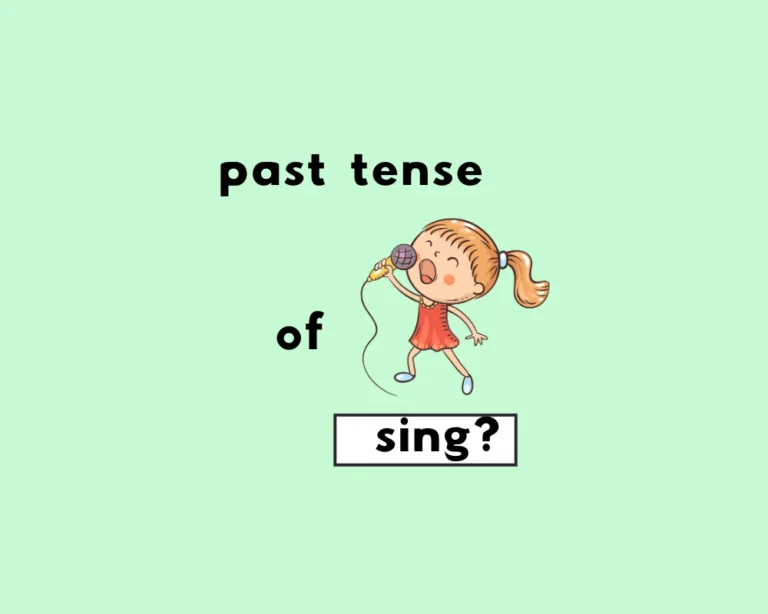
Sing is the simple present, sang is the standard simple past tense, and sung is the past participle.
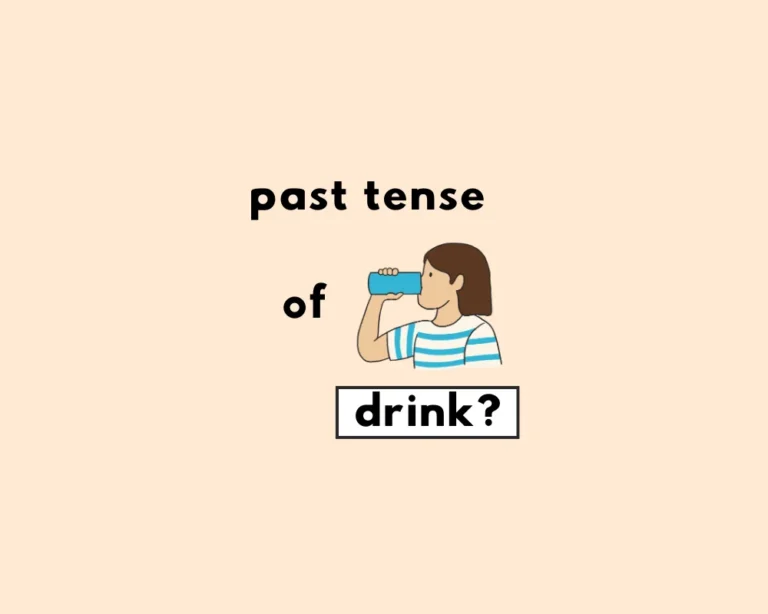
Drink is an irregular verb with three forms: drank is past tense, and drunk is the past participle of the present tense verb, to drink.

In English, items that are made up of parts, pieces and pairs are called plural-only nouns, also known as non-singular nouns.
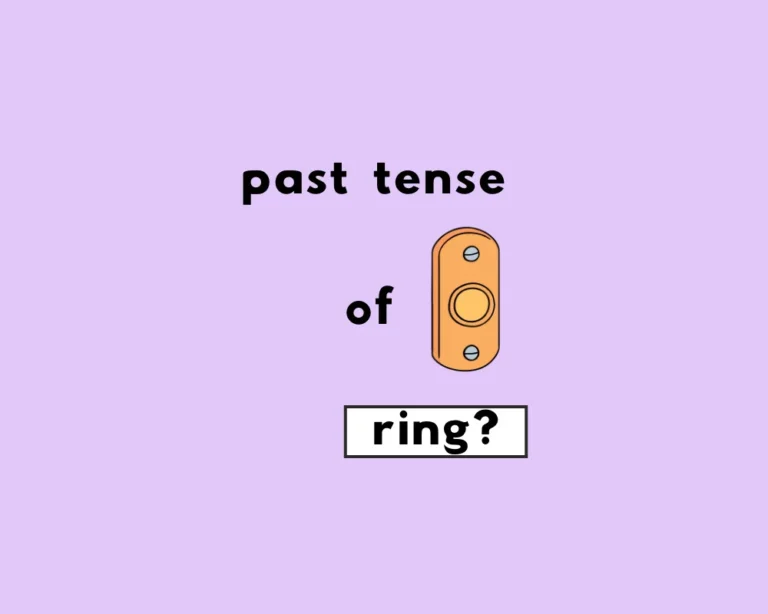
To ring someone, as in ‘phone a friend’, is the present tense. Rang is the past tense, and rung is the past participle.
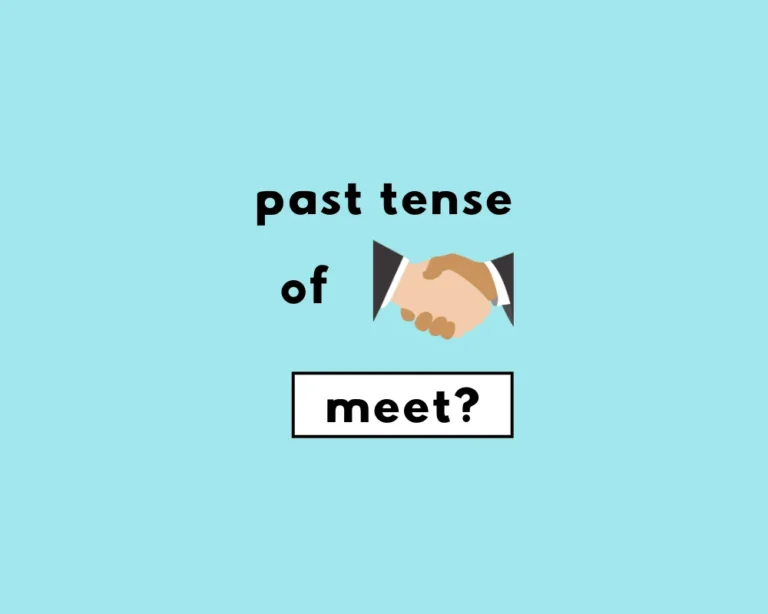
The past tense and past participle forms of the verb meet are the same: both are met.
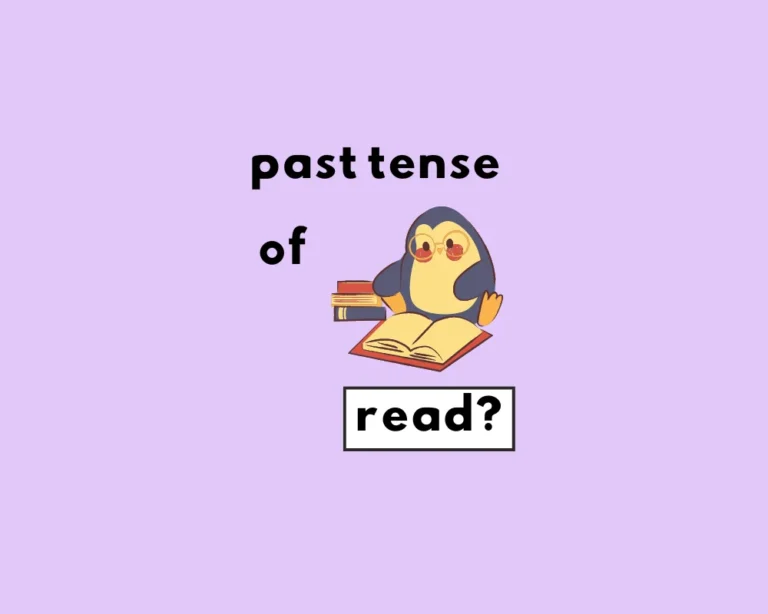
The present, past tense and past participle forms of read are all read, though the past tense forms are pronounced differently.

Unless referring to the ancient and hulled wheat, the past tense of the verb spell is spelt and spelled.

The preferred past tense in either case appears to be spoiled. In UK English, spoilt is also accepted as a past participle form.